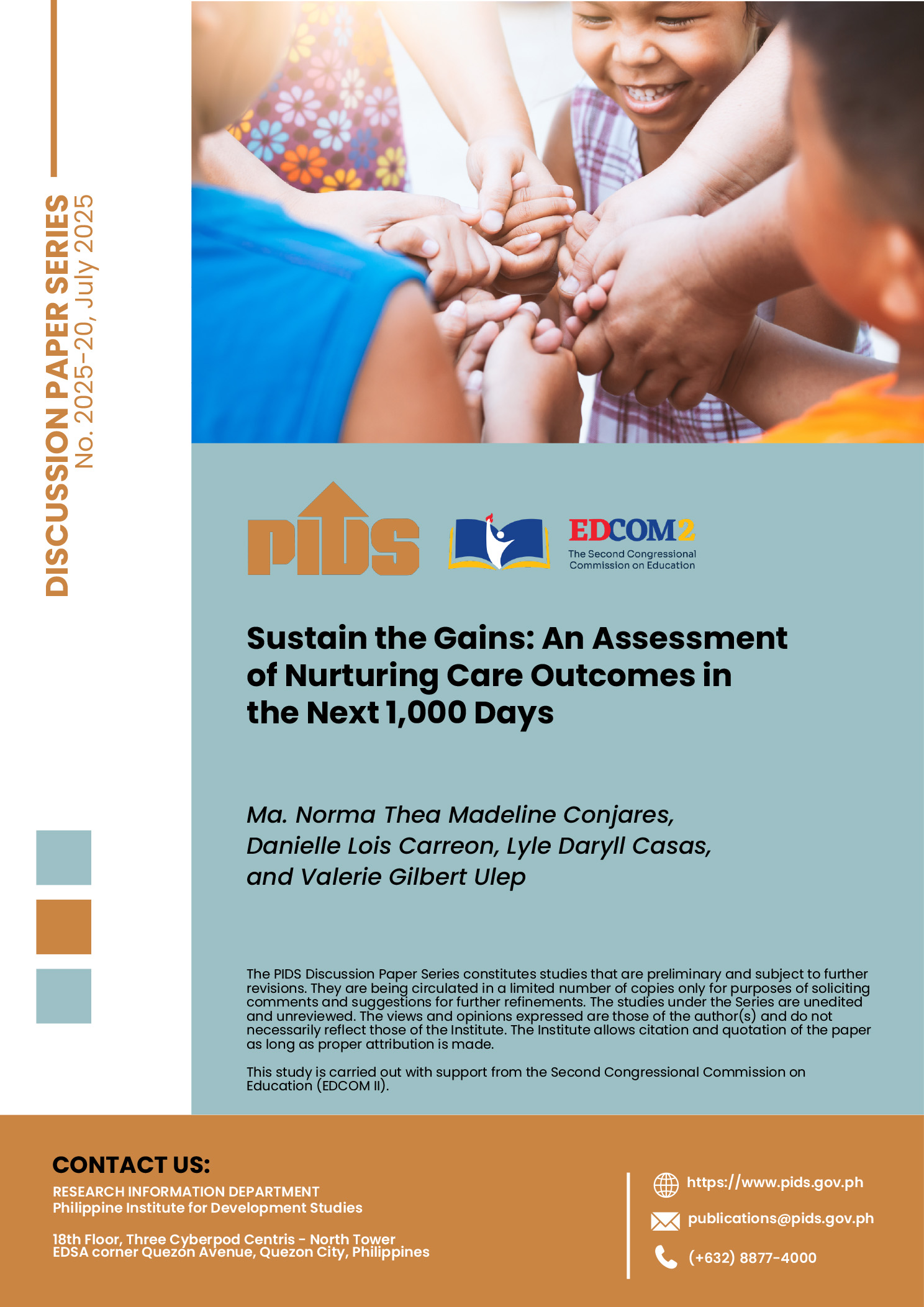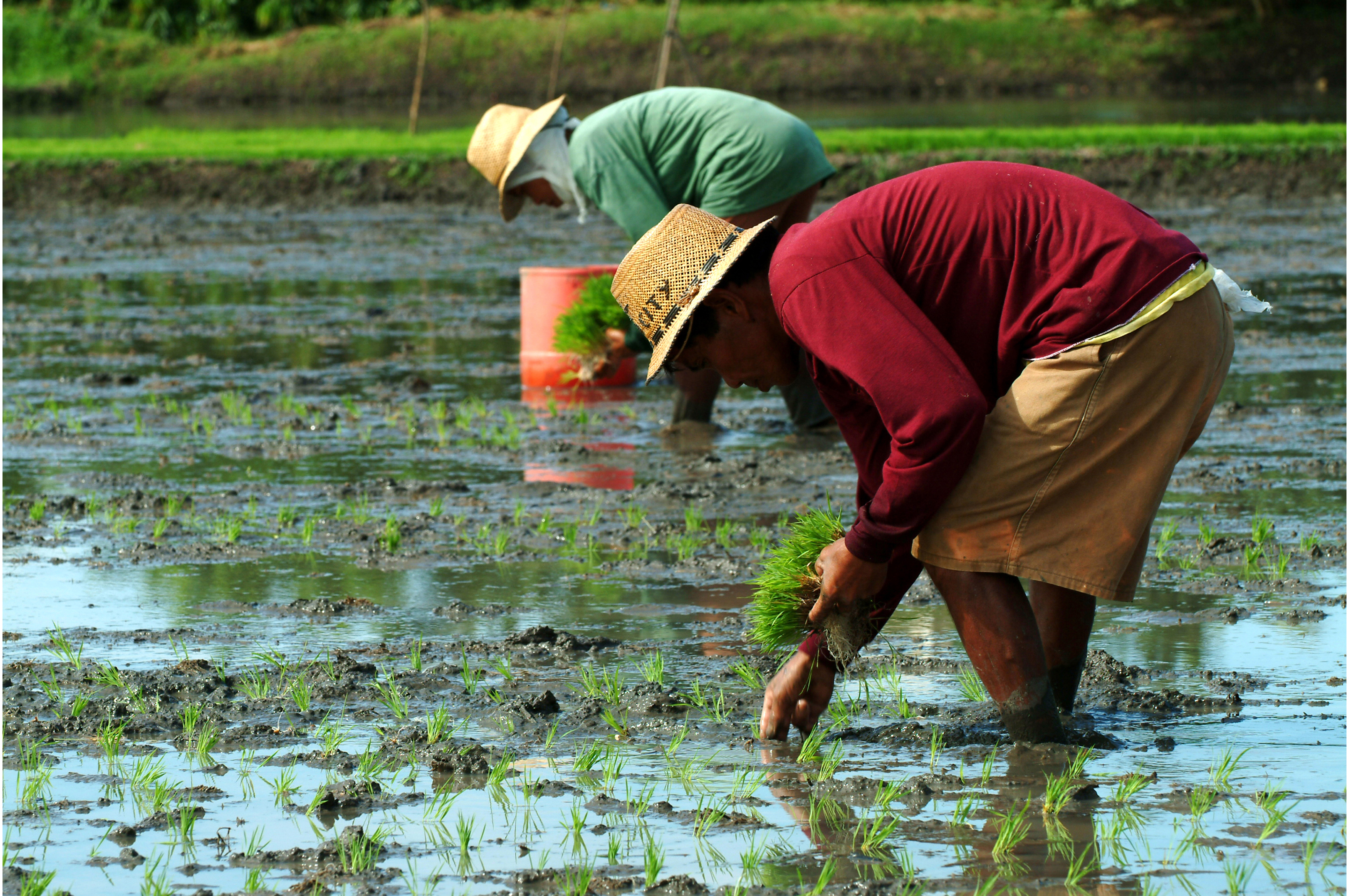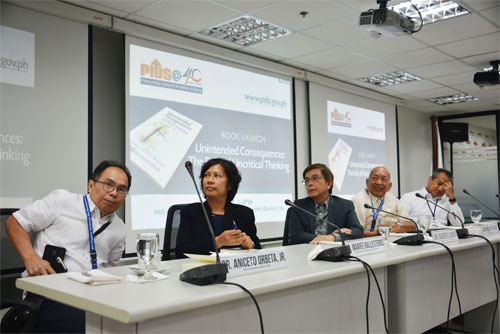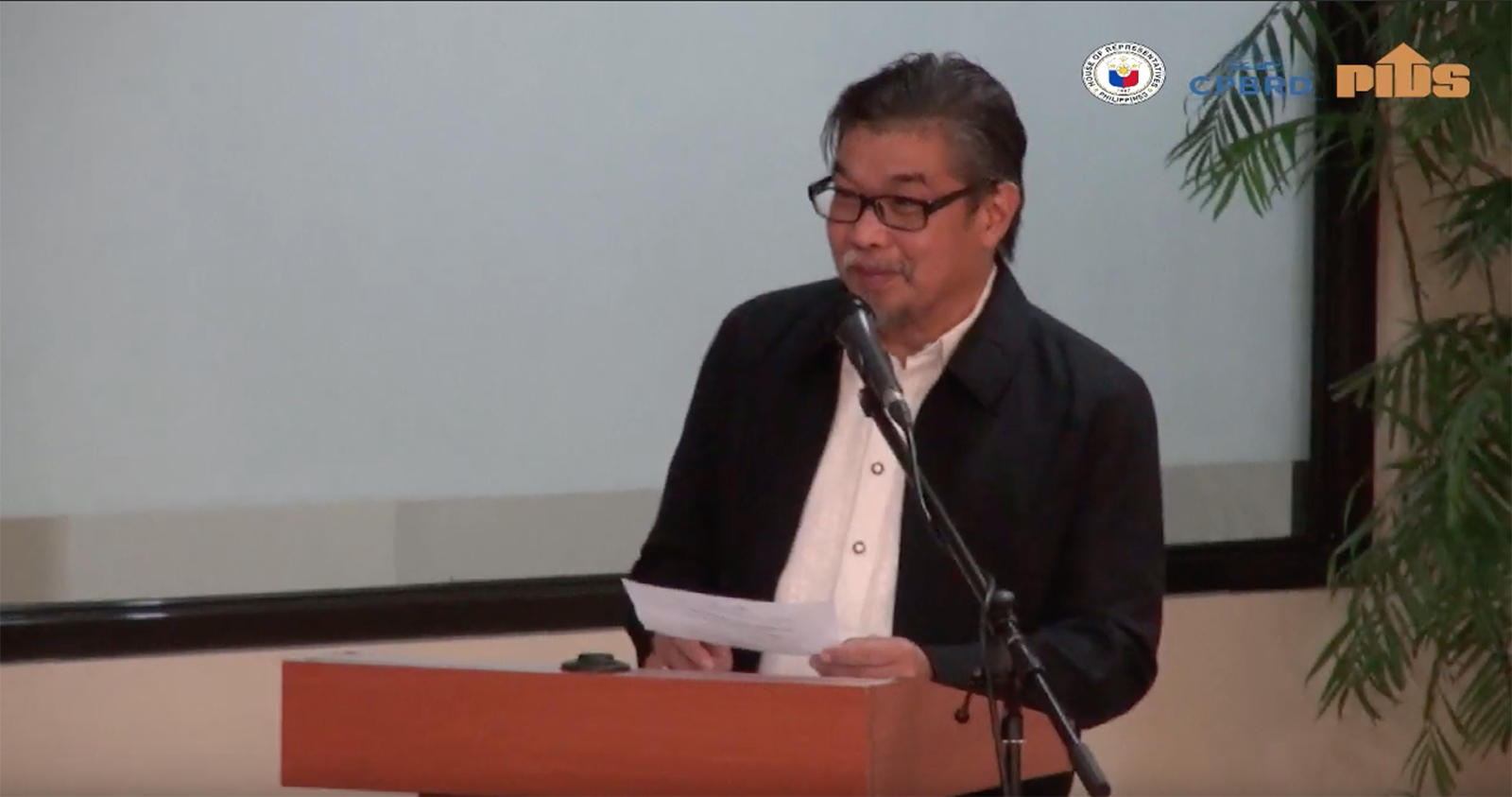The Philippines’ paddy rice output in the entire year is likely to be below a government forecast of 18.58 million tons, made before Haiyan struck. That prediction was already 9 percent lower than the government’s target of 20.4 million tons set under its rice self-sufficiency program. Because of Haiyan and Typhoon Nari, which hit major northern rice-producing regions in October, the FAO cut its 2013 aggregate forecast of rice paddy output - including the main 2013 season and the 2013/14 secondary season - to 18 million tons from previous estimates of a bumper crop of 18.9 million. The Rome-based FAO expects world rice production in 2013/14 to rise 0.9 percent to 494.1 million tons. Total consumption is seen up 2.6 percent, at 489.0 million. On Wednesday, the FAO said more than $11 million was needed to help clean and clear farmland and irrigation canals after Haiyan, which killed 5,500 people, the government estimates. That is in addition to the $20 million already sought to help farmers fertilize, irrigate and maintain crops to ensure harvests in 2014. "We were previously projecting a 4 to 5 percent growth in production, but now it looks like it is flat for this year,” said economist Roehlano Briones of the government think-tank Philippine Institute for Development Studies. "So we’re way off the projection while our population continues to grow.” He said a 2-million-tons volume was a reasonable estimate for the maximum import requirement next year, especially for a country visited by an average of about 20 typhoons each year. To plug the looming deficit, he said the Philippines should initially import at least 800,000 tons. Missed production targets and typhoons that have become stronger should prompt the government to abandon hopes for self-sufficiency in rice, he said. "There’s no shame in withdrawing from an unrealistic policy. The government must have a more liberal policy on rice importation,” he said.










